Showtime at Copacabana Palace Theatre
Showtime at Copacabana Palace Theatre
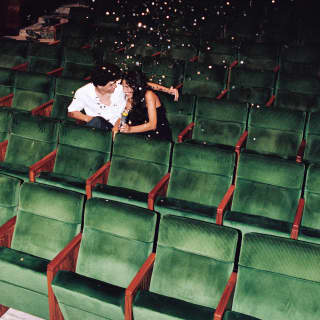
Catherine Balston charts how the reopening of the Copacabana Palace Theatre has put a piece of Brazilian history back in the spotlight…
“It was the discovery of a treasure,” says Brazilian architect Ivan Rezende of the moment he stepped inside the dusty theatre at the Copacabana Palace that had been shuttered since 1994. “When they asked me to do the restoration, it was very special because it’s a responsibility to my hometown, to an iconic building. Cariocas are strange, we have a strong connection to the street, and so we appropriate the city – the beach, the avenida, the Copacabana Palace. Everyone, from the simplest people to the richest have a relationship with the hotel. They might have seen The Rolling Stones in concert [in 2006] out the front, or seen [Brazilian singer] Anitta going in for Carnival. Everyone knows it, and thinks it’s great.”
The Stones and Anitta are just two in a long line of global stars to have performed at the hotel since it opened in 1923, following in the footsteps of Ella Fitzgerald, Edith Piaf, Nat King Cole, Sammy Davis Jr., Tony Bennett and Ray Charles. The 1933 Hollywood musical Flying Down to Rio, which saw the first screen pairing of Fred Astaire and Ginger Rogers, helped put the Copacabana Palace on the international map as chorus girls danced on the wings of biplanes in the sky, superimposed on black-and-white aerial footage of the building as it was in the early 20th century – a monument by the sea, surrounded by sand and summer houses and only surpassed in height by the forest-covered mountains behind it.
Back then, casinos were the height of fashion, where the best musical talent played, and the one at the Copacabana Palace drew a glamorous crowd. When gambling was outlawed in 1946, the hotel replaced the casino with the theatre, which opened three years later. “It was a moment of migration, of people moving to Copacabana,” explains Daniel Schenker, a Brazilian theatre critic. “Most venues were in the city centre, but this was one of the first to appear in the beachside neighbourhood. It was born in an era that was still strong for Brazilian culture.” Schenker remembers going to see plays there in the late 1980s and early ’90s, and was among the audience of the first production – an autobiographical musical of the theatre’s history – when it reopened in late 2021.
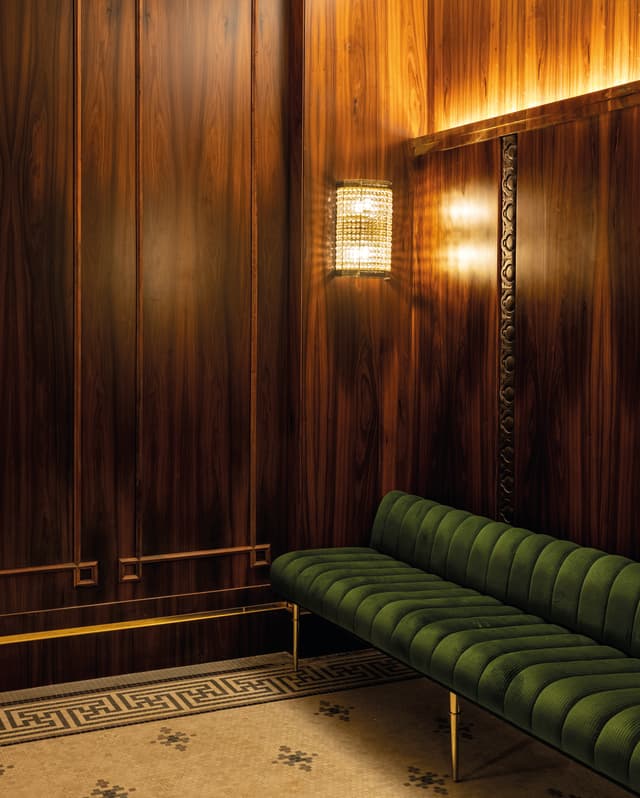
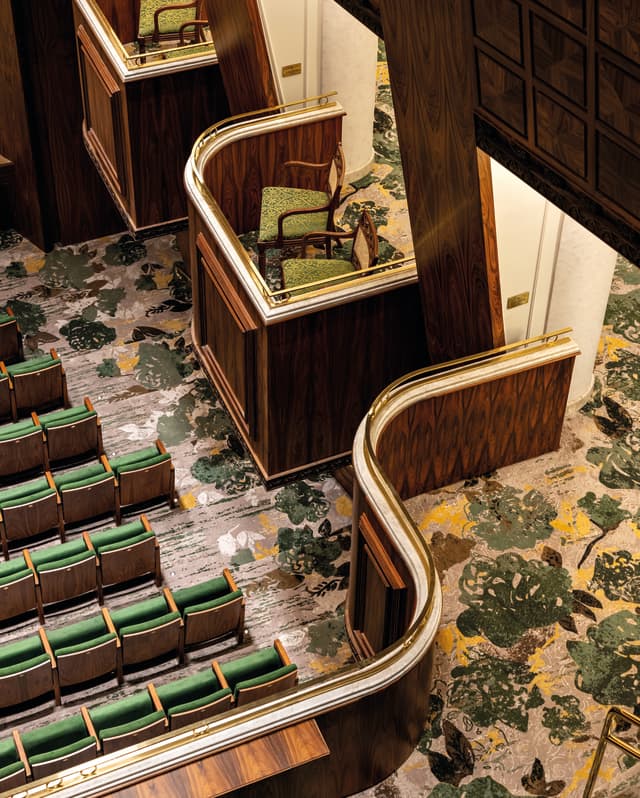
The ‘Teatro Copacabana’ established a reputation in the 1950s for its comedies and the figure that cemented that was French-Brazilian actor and director Henriette Morineau. Her company Os Artistas Unidas staged a number of performances there throughout the decade. One of the actors in the troupe was Fernanda Montenegro, who starred in O Mambembe, which had a hit five-month run at the hotel. “It was an insane success,” adds Schenker, “a really important play in the history of Brazilian theatre.” Montenegro went on to become a national treasure, both onstage and onscreen, and said recently: “To reopen a theatre is the rebirth of a neighbourhood, a city and, no exaggeration, a country.”
Rezende was the ideal candidate for the challenge, respected for his sensitivity to historic architecture as well as multi-disciplinary approach. This includes, most notably, furniture: he has won a clutch of awards for his furniture design, including for the Museum of Tomorrow – where he did the interior of the landmark Santiago Calatrava building in the city’s port restoration project. “I looked for inspiration in the artisans,” says Rezende. “They influenced eclectic architecture in Rio de Janeiro... all those decorative elements, everything created by hand. I said, ‘I’m going to appropriate these to bring a new look to the Copacabana Palace Theatre.’”
More than 600 craftspeople across 18 different disciplines, from woodcarvers to designers and carpenters, were involved in the transformation of the space. The cement roses that can be spotted around the hotel were recreated framing the stage, each one intricately carved by hand in jatobá wood. A veneer of Brazilian ironwood lines the walls, curving seamlessly around corners.
To assemble it, a team spent more than a week with a jigsaw puzzle of wooden panels roughly the size of 10 football pitches matching up tones and patterns in the grain. Other highlights include sconces in white and green quartz, designed by Rezende and lighting specialist Mônica Lobo, and emerald-green velvet seats. “In my research, I read that the original seats were green. We used a special dye that was made exclusively for the Copacabana Palace,” he explains.
The project won him a prestigious award in 2021, from the Institute of Brazilian Architects (IAB) in Rio de Janeiro. “The heritage bodies were really happy too because [the theatre] is not a pastiche of the old, it’s a reinterpretation of the old with contemporary tools, such as the plaster mouldings which we did with a 3D printing specialist. Our role is to respect our traditions, our cultural heritage.”
Rezende is also strongly influenced by Rio’s modernist tradition, celebrated especially this year with the marking of 100 years since the Week of Modern of Art in 1922, considered to be the birth of Brazil’s modernism movement, which revolutionised all aspects of the arts in the country. One of the defining principles is the connection to the street. “A modern city is a permeable city in which people communicate and transit.” He marvels at the memory of the opening performance, the theatre polished after nine months of restoration. “People were coming into a place which was inaccessible before. They were appreciating not only the musical but the experience of being in that space, and it was a collective thing.” A piece of Rio’s cultural story reclaimed by cariocas.
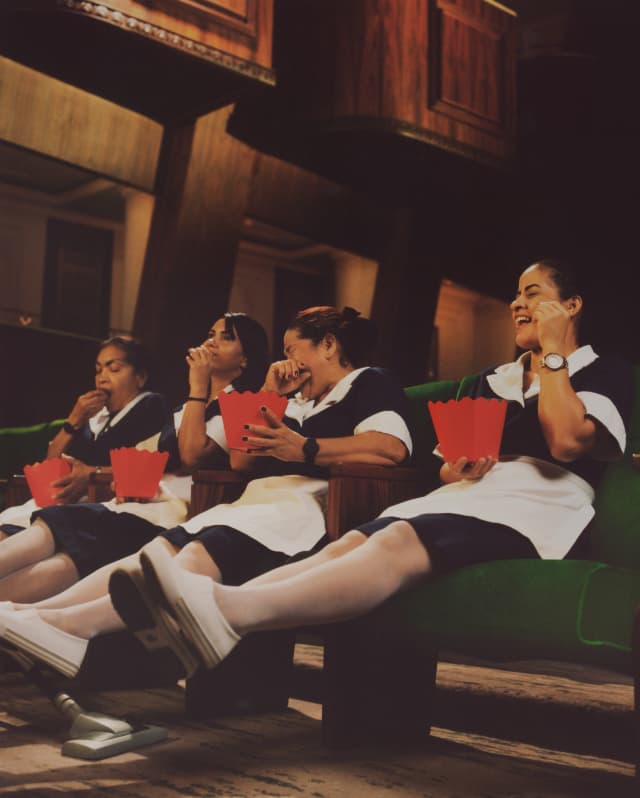
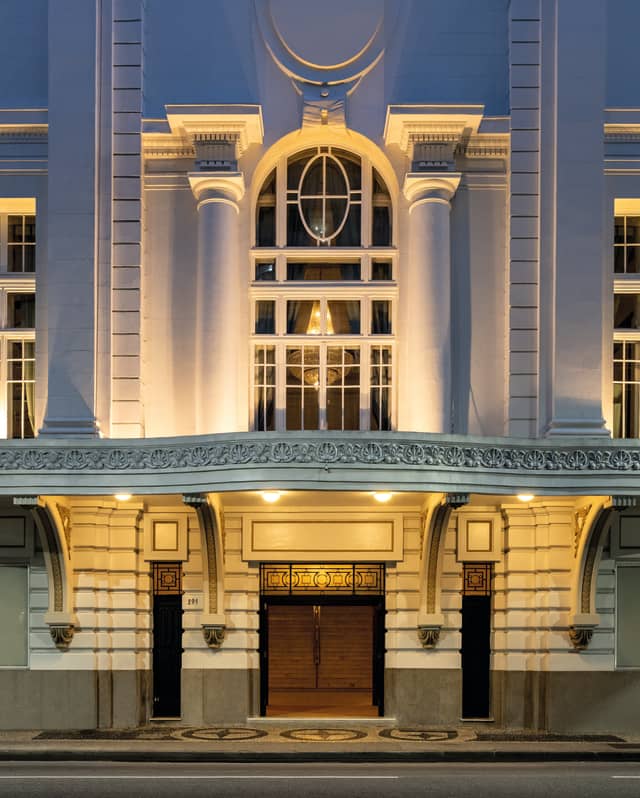

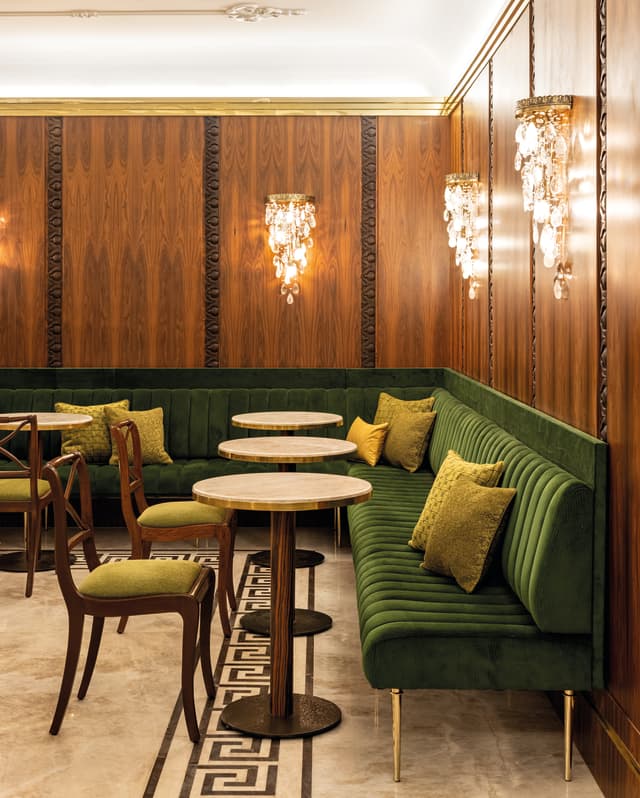

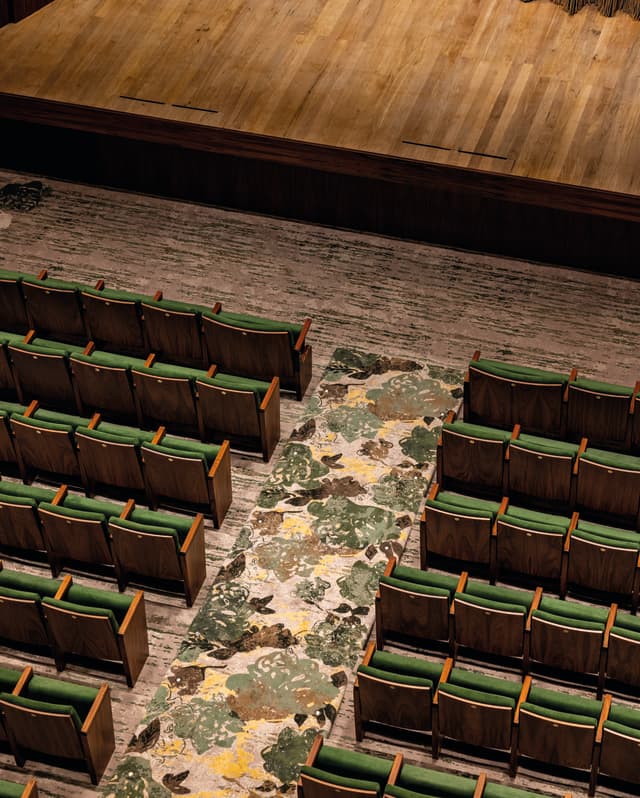
Delve deeper into
You might also enjoy
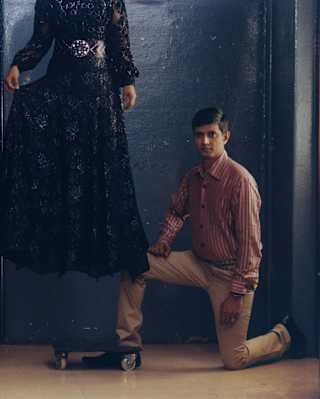
And The Winner Is…
The Belmond Photographic Residency, now in its second year, has crowned a new winner. Meet Tara L. C. Sood and her award-winning submission.

Eat Your Way Through El Bajío
Discover ‘El Bajío: Recipes & Wanderings Through Mexico’s Heartland,’ the fourth cookbook in the collaborative series between Belmond and Apartamento.

JR on the Making of L’Observatoire
The renowned French artist JR challenges traditions and sparks dialogue with his monumental artistic creations. Turning his eye to the iconic Venice Simplon-Orient-Express where he's designed an entire carriage onboard, the L’Observatoire is an artwork in motion. Transforming every detail into an opportunity for introspection and adventure, read JR in his own words as he explores the deeper meaning behind his most ambitious project yet.
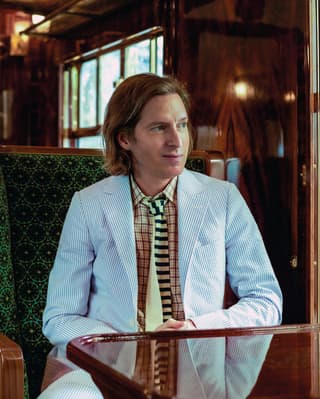
How Wes Anderson Redesigned Our Train
Travel in a vintage train carriage designed by pioneering film director Wes Anderson, director of new film The Phoenician's Scheme, on your next visit to the United Kingdom.
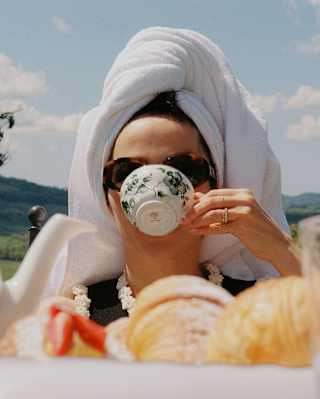
Castello di Casole, As Seen by Cecy Young
The latest in Belmond’s ‘As Seen By’ photography series sees Cecy Young discover a sense of home in the sprawling hills of the Tuscan countryside.
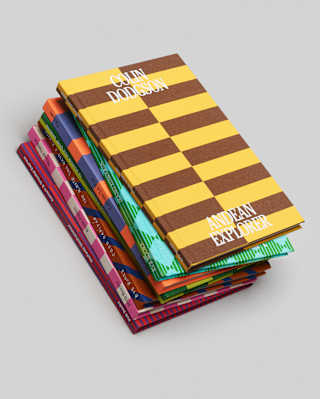
Discover Belmond’s Photobooks
Inspired by Belmond’s one-of-a-kind hotels and destinations, ‘As Seen By’ is an collection of collectible photobooks with Parisian publisher RVB.

Luchino Visconti’s Tuscany
In the 1960s, Castello di Casole in Tuscany was a playground for one of the Italian film industry’s biggest disruptors. Film writer and historian Christina Newland, programmer of ‘Luchino Visconti: Decadence & Decay’ at the British Film Institute, explores the story of the Visconti brothers – their legendary parties, the glittering guestlists and the bar that honours them today.